In order to describe the true microstructure of a specimen, a flat, highly reflective surface is required, which should not have any grooves, deformations or foreign particles. This can be achieved in metallographic specimen preparation by means of the grinding and polishing steps. Polishing is primarily concerned with removing any damage or deformation of the specimen surface that occurred during previous steps (cutting, embedding and grinding). After polishing a specimen, light microscopic observation and etching can be performed.
Jump to the desired topic:
Polishing cloths
Our polishing cloths are self-adhesive and available from stock on a magnetic backing plate in diameters of 30, 200, 250 and 300 mm. Larger dimensions can be produced at short notice. We can realize any desired diameter up to 1000 mm, e.g. for the optical industry. Just contact us.
PanTEC
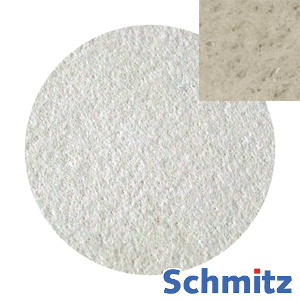
Hard chemical fiber cloth
Diamond polish: 20, 15, 9, 6, 3 µm
Materials: hard metals, minerals, ceramics, titanium, tantalum, semiconductors
Good stock removal, high flatness, good edge sharpness and very good holding time
PanTEC II
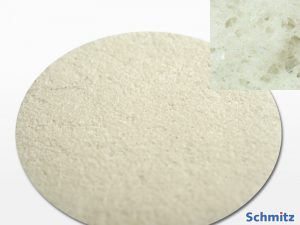
Hard polyurethane cloth
Diamond polish: 15, 9, 6, 3, 1, 1/4 µm.
Materials: hard metals, minerals, ceramics, titanium, semiconductors, aluminum, CFRP
Good stock removal, high flatness, good edge sharpness and very good holding time
PlanTEC
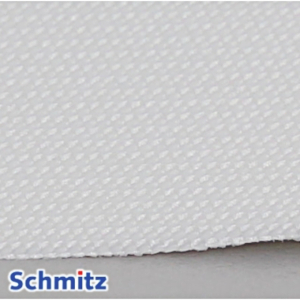
Very hard, extremely flat polyester fabric
Diamond polish: 15, 9, 6, 3 µm
Materials: hard metals, minerals, ceramics, titanium, tantalum, semiconductors
Good stock removal, high flatness, good edge sharpness and very good holding time
TexTEC-P
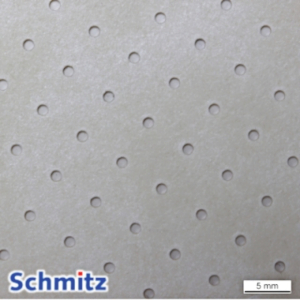
Very hard, perforated chemical fiber cloth
Diamond polish: 15, 9, 6, 3 µm
Materials: hard metals, minerals, ceramics, titanium, tantalum, semiconductors
Good stock removal, high flatness, good edge sharpness and very good holding time
RamTEC
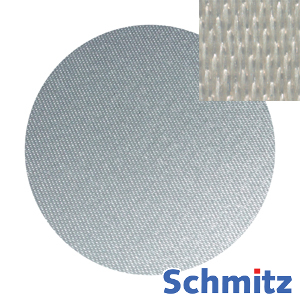
Medium-hard synthetic fiber cloth, suitable for almost all materials
Diamond polish: 9, 6, 3, 1 µm
Materials: C-steels, non-ferrous metals, coatings, plastics for pre-polishing and finest polishing
Extremely good edge sharpness
MicroTEC
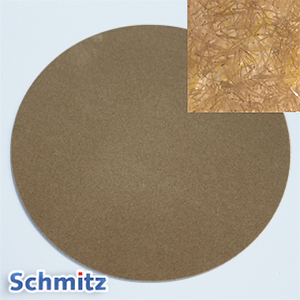
Soft, long-fiber synthetic cloth
3 µm to final polishing with alumina or O.P.S. (SiO2).
Materials: Suitable for almost all materials for pre-polishing and finest polishing
MolTEC
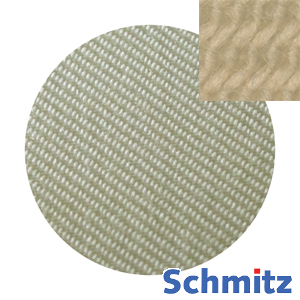
Woven cotton cloth
Diamond polishing: 6 to 0.25 µm pre- and final polishing
Materials: all; gray cast iron, Al-base alloy, Cu-base alloy, soft materials
Very good surface flatness and quality
FoxTEC
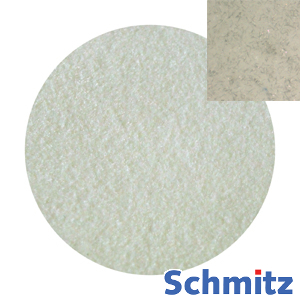
Shortpiled synthetic cloth
Diamond polish: 3 µm and finer; also well suited for alumina
Materials: all
Good flatness and surface finish. Best suited for examinating the degree of purity
FoxTEC II
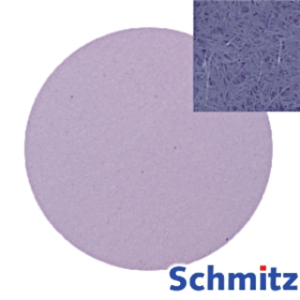
Finepiled, densely flocculated synthetic cloth
Diamond polish: 3 µm and finer; also well suited for alumina
Materials: all
Good flatness and surface finish
NapTEC
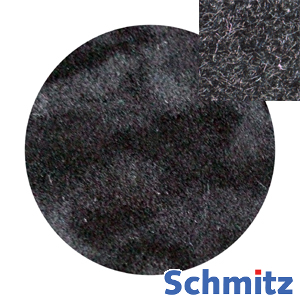
Flocculated universal synthetic polishing cloth with very low length of flock
Diamond polishing: 6, 3, 1, 0,25, 0,05 µm, suitable also for aluminia and oxide polishing suspension
Materials: Suitable for almost all materials for pre-polishing and finest polishing
Good flatness and surface quality, long service life
ChemTEC
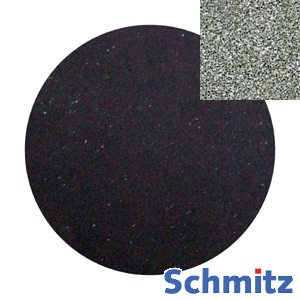
Chemical resistant, soft-porous synthetic cloth for final polishing
Final polish: alumina and oxide polishing suspension (with an additive for etching)
Materials: Suitable for all technical alloys and materials for final polishing
Good edge sharpness, long service life
ChemTEC perforiert
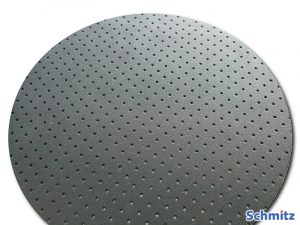
Chemical resistant, soft-porous synthetic cloth for final polishing perforated with 1 mm holes
Advantage (compared to ChemTec smooth): Prevents strong suction of samples on the polishing cloth. Therefore it is well suited for manual final polishing of difficult specimens as well as for optical polishing machines with cloth diameters > 500 mm.
Diamond polishing agents
We are producer of diamond polishing agents as well as lubricants and thinning agents. Learn more about the difference between monocrystalline and polycrystalline diamond grit under diamond powder.
Diamond slurry
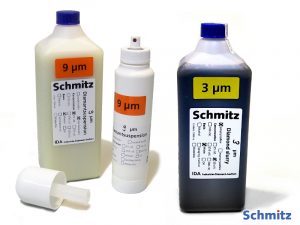
The standard diamond concentration of our diamond slurries for metallographic specimen preparation is 50 cts/L. One cts (carat) is equivalent to 0.2 g of diamond powder. The grit sizes of our slurries range from 50 nm to 50 µm. They are produced on water base, oil base and alcohol base. You can find further product variations at our polishing agents.
Diamond paste
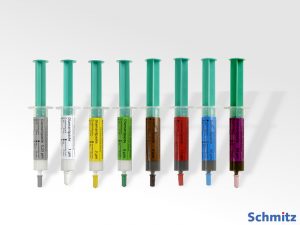
Monocrystalline and polycrystalline diamond paste is available in containers of 5 g, 10 g and 20 g syringes. The common grit sizes range from 0.25 to 50 µm and are produced on water base and oil base. Other grit sizes are available on request.
Lubricant
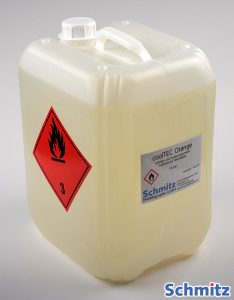
The lubricant is required to moisten the polishing cloth or lapping disc and to rinse away the abrasion product caused during polishing. It also serves to cool the specimens. Without lubricant, the polishing agent thickens more and more during the process, as the solids content is continuously increased by the abrasion.
We produce four different lubricants and thinning agents in 1, 5 and 10 liter containers:
- Water-based (CoolTec I+IV)
- Alcohol-based (CoolTec II)
- Oil-based (CoolTec III)
- Anhydrous (CoolTec Orange)
Final polishing agents
OPS Oxide polishing slurry
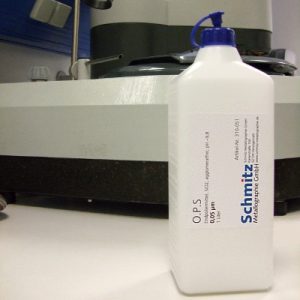
Alkaline final polishing slurry made of silicon dioxide. This slurry does not crystallize when stored above 5 °C and is therefore free of agglomerates! Please note that you have to distinguish between crystallization in the bottle and drying of drop residues on the nozzle. The pH value is ~ 9.8.
The average grain size (D50) is ~ 20 nm.
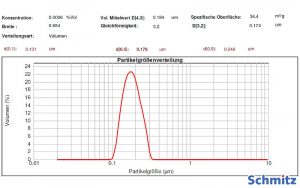
Alumina
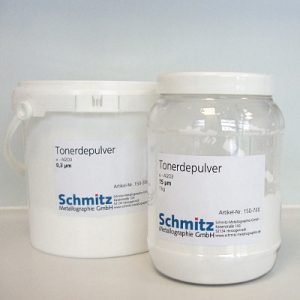
By improving the product of the commercial alumina slurry, we have solved the problem of sedimentation on the bottom of the bottle. The abrasive particles now remain in suspension, so the alumina slurry is now also suitable for dosing systems. We offer the alumina slurry in particle sizes from 0.04 to 1 µm. We offer alumina powder in grain sizes up to 30 µm. However, the corundum polishing agent has been largely displaced since the invention of the diamond slurry.
TIP // We have developed a “pH7” alumina slurry especially for polishing ceramics. The bonding phase is thus preserved for you.

